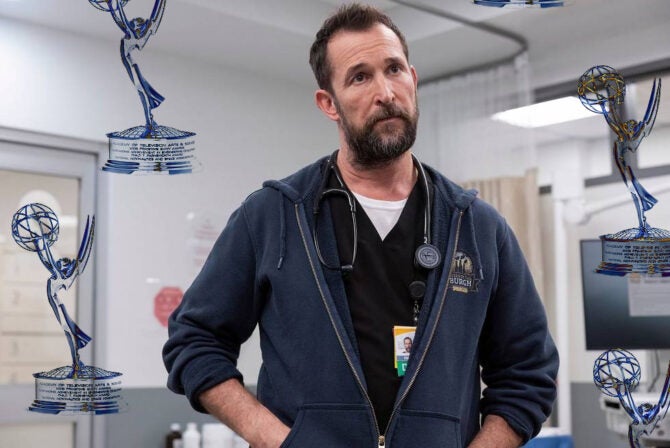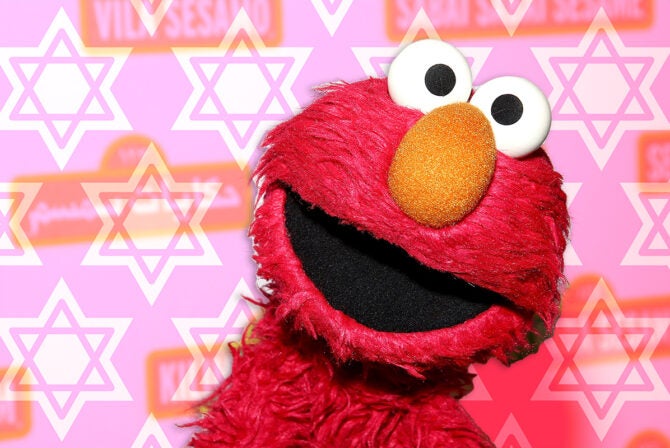This article is part of our essay series, “Why Be Jewish?,” based off of “Why Be Jewish?”—a new book by the late Edgar M. Bronfman.
I grew up somewhat forced into Judaism—meaning, my family wasn’t just Jewish, but actively, almost obsessively Jewish. I was raised Modern Orthodox, which means I went to yeshiva (Jewish school), didn’t drive on Shabbat, and kept kosher both inside the home and out. Although I enjoyed going to synagogue and celebrating a host of holidays throughout the year, by the time I got to high school, I felt so limited and restricted by Judaism I eventually grew to resent it.
Though I did participate in some on-campus Jewish life, I stopped being observant once I got settled into my college routine. It wasn’t until I was well into my 20s when my attitude changed and I started to miss the Jewish traditions I grew up with.
I’m not sure exactly when or how it happened. From what I remember, I sort of just woke up one day thinking, “You know what I’d love to do this week? Light candles and have a traditional Shabbat dinner.” So I did.
Once I started to crave Judaism, I began creeping my way back in, but on my own terms. With my husband’s support, I started to develop a picture of what Judaism might look like in our world. I began praying again, and the more time I actually carved out for prayer, the more connected to Judaism I felt.
When I had my first child, I felt even more of a longing to actively be Jewish, and that’s what I’ve been trying to do for the past several years. These days, my life once again revolves around Judaism, but not because I have to live a Jewish lifestyle. Rather, I want to live Jewishly because it anchors my family and offers endless opportunities for us to bond over the traditions we uphold and develop together.
Though we’re by no means a shomer Shabbat household (observing all rules of Shabbat) in the traditional sense, in our home, Shabbat is special in that it’s a notable break from our usual routine. Every Friday, my workaholic husband comes home early so that we can light Shabbat candles, sing songs, and sit down to dinner as a family. Granted, that dinner might be pizza or leftover casserole as opposed to the glorious feasts my mom would cook up when we were kids, but the point is that when we gather around the table, there’s this awareness that Friday nights are not like other nights.
And then there are the holidays—and as we all know, there are many, but as a family, we try to celebrate them all. My husband, who grew up Reform and unaware of some of them, took a little convincing at first. When I initially explained how to celebrate Sukkot, for example, his response was something along the lines of, “So you mean we’re supposed to build these little huts, parade around with leaf stalks and funky looking lemons, and top off the week by pounding shots of whiskey in celebration of the Torah?” But at this point, he enjoys the holidays as much as I do, and it makes us happy to create memories for our children that revolve around them.
My personal brand of Judaism is “do what’s meaningful to you.” And that’s precisely what I do. There are aspects of Judaism I choose to uphold and others I choose to ignore, but the way I see it, as long as I don’t go around telling others what to do, I have every right to pick and choose the things that are meaningful to me and my family.
There’s no one in my life right now forcing me to be Jewish. I’m actively Jewish because it makes me feel whole, and connected, and part of something special. And I want my children to experience that feeling too.
Celebrating and embracing Judaism is an emotional experience for me—as in, imagine the warmest fuzzy you’ve ever felt, and multiply it by like a million. I’m a writer, yet I always fall short in explaining how I feel when I’m lighting the menorah with my son, setting the table for Shabbat dinner, or marching around my little hut with my weird little accessories in tow. But whatever that feeling is, it’s one that I want to hold onto for as long as it continues to move me.
Read More:
The 10 Plagues of Working Motherhood
This Girl with Cerebral Palsy Is Changing Disability Representation in Fashion
When Is It OK for Kids to Use Snapchat?







